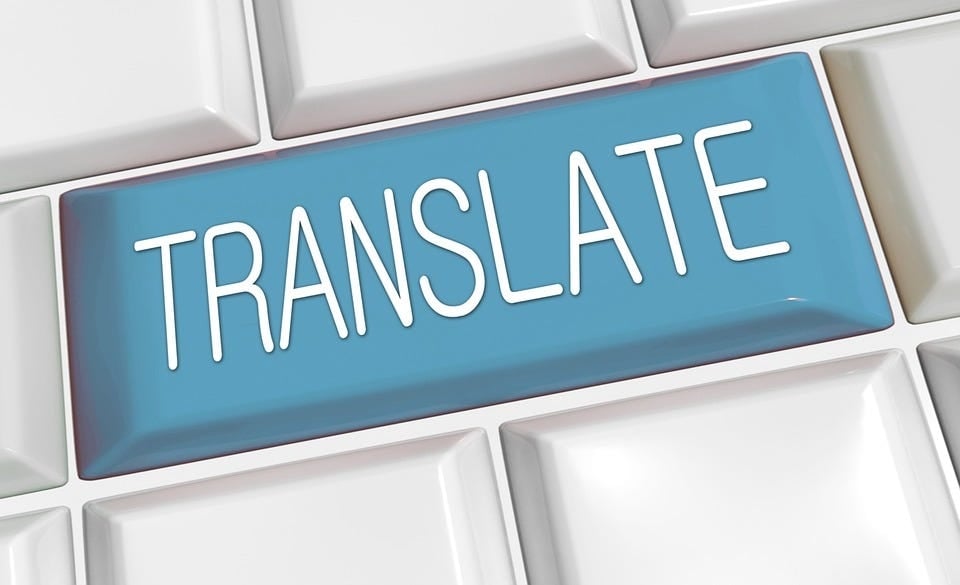Is Machine Translation Good or Bad?
Machine translation and the use of machine learning techniques, artificial intelligence, and language processing have received significant attention in the past two years.
A lot of controversy was raised when Google published research on a Neural Machine Translation system (NMT) and then announced the transformation of their main product, "Google Translate," to a neural machine translation system. The noticeable improvement in the quality of translation sparked a wave of media coverage. There were statements by large parties that they would use this neural machine translation.
These include Omniscien, an Andovar partner that has created its own neural translation engines; it has also created a set of tools to set up machine translation content and further improve results.
Noise and apprehension surrounding machine translation
Let's start with a brief definition of neural machine translation from Wikipedia:
Neural machine translation (NMT) is a machine translation method that uses an artificial neural network to predict the likelihood of consecutive words, usually formulating complete sentences in a single integrated model.
The debate surrounding machine translation is fiercely divisive in the media. On the other hand, machine translation service providers and mainstream media tend to repeat their exaggerated claims to attract readers' attention. In fact, one does not need to search long to find different attitudes towards machine translation expressed by translators. These attitudes usually fall into one of the following three categories:
- Irony: “Viewing machine translation as funny and inaccurate.”
- Fear: “People are afraid of losing their jobs.”
- Rejection: “If you care about your customers, don't use machine translation.”
So, will the machine translation revolution make all translators unemployed, eliminate the need to learn languages, and achieve world peace? Or is it just a myth? In fact, the truth lies between the two.

The good and the bad, and everything in between
Even the most vocal supporters of machine translation agree that it is not perfect all the time, and even the most vocal opponents admit that it works very well most of the time. In fact, machine translation, whether it is neurotic or not, works well with some types of content and with some language pairs, though finding a middle ground seems elusive.
Instead of debating whether machine translation is completely good or fully bad, let's admit that it is part of both; what this means in practice is that all translation projects must be taken into account and either accepted or rejected based on results rather than preconceptions.
Here are some guidelines to keep in mind when using machine translation:
|
Most Convenient |
Least Convenient |
|
Structured text |
Unstructured text |
|
Controlled language |
Living language |
|
Short Sentences |
Long sentences |
|
Technical content |
Marketing Literary Content |
|
Relying on Context |
Not relying on context |
|
Clarity |
Ambiguosity |
|
Professionally written content |
User-generated content |
|
Formal Language |
Non-formal language |
|
Limited Risk Level |
High-risk level, such as errors in medical or legal translations. |
These are the purposes of translation and the quality expectations that accompany them. In some cases, incomplete translation may be better than no translation, but in other cases, human translation is the best quality, for example, in legal texts.
All this applies to translation projects and departments, so Andovar recommends sorting the content, sending legal texts to professional translators, product description texts to machine translation with editing at a later date, and using machine translation to translate only structured technical documents.
In conclusion
The disadvantage of machine translation is that it cannot distinguish cultural, local, and social differences, which usually requires editing from the translator. Getting a correct translation from an engine such as Google Translate may still be challenging based on the language difference. Although machine translation is not as accurate as some believe, it helps translate large parts of the language into somewhat understandable sentences.
Computer-assisted translation (CAT) is a system that mixes machine translation with human consideration because it requires the translator's review, which helps to provide the highest rate of accuracy. When machine translation is inaccurate, human review can correct it, which makes the text accurate and natural. This mixed approach maintains human participation and achieves the best results.